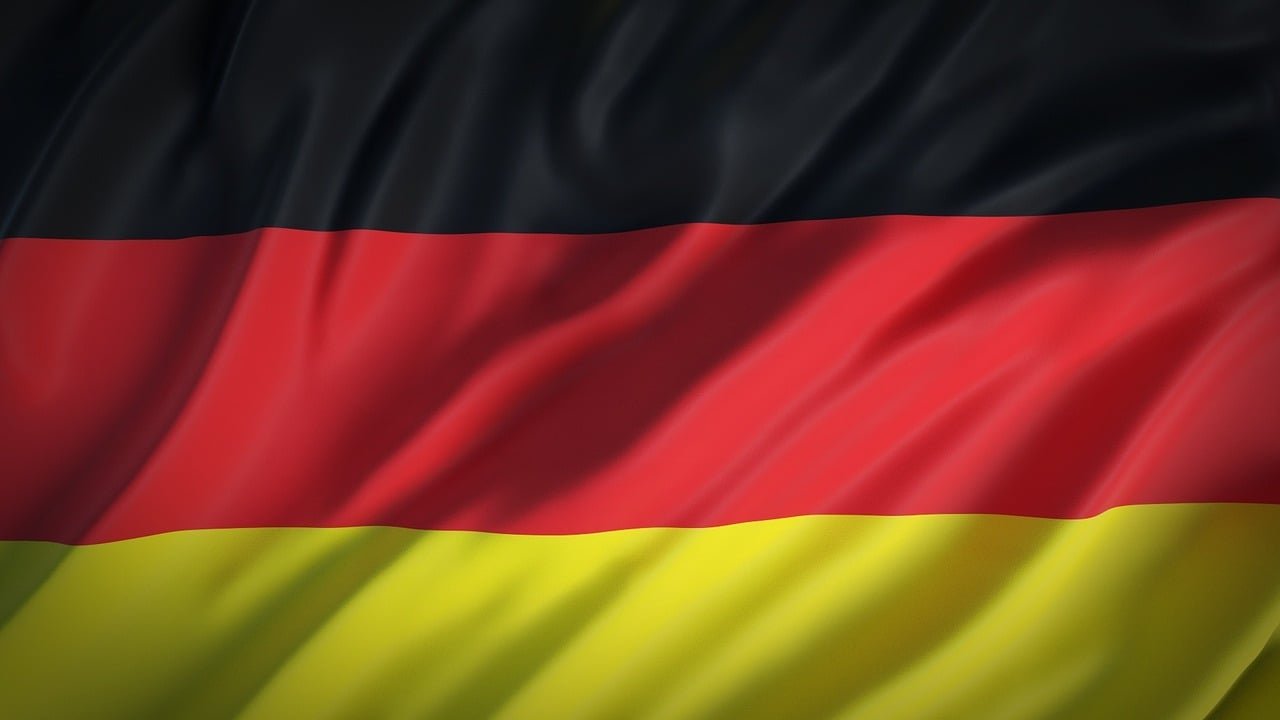German currency history is a rich tapestry of evolution, reflecting its journey from diverse regional currencies to adopting a unified European currency. This article explores the historical progression of German currencies, from guilders and thalers to the German Mark (DM) and the Euro, and considers future prospects in the ever-changing landscape of global finance.
From Guilders to Groschen: A Journey Through Early German Currencies
Before Germany’s unification in the 19th century, various regions and states minted their own currencies. Among the notable currencies were the guilders, thalers (also known as talers), and groschen. These currencies varied in value and were often tied to the economic strength and political stability of their issuing states. The diversity in currencies mirrored the fragmented political landscape of pre-unification Germany.
The Mark’s Rise and Fall: A Symbol of German Unity (and Division)
The German Mark (Deutsche Mark, abbreviated DM) emerged as a unifying currency following Germany’s formal unification in 1871. Initially, it played a crucial role in stabilizing the economy and fostering a sense of national identity. The DM’s resilience during economic upheavals, such as the hyperinflation of the Weimar Republic and the reconstruction after World War II, solidified its reputation as a symbol of economic stability and strength.
However, the DM also witnessed Germany’s division during the Cold War, with East Germany adopting its own currency, the East German Mark (Mark der DDR). The eventual reunification in 1990 brought about challenges in integrating the economies of East and West Germany, including the currency union of the East German Mark into the Deutsche Mark.
Embracing the Euro: A New Era of European Integration
In 1999, Germany, alongside several other European countries, adopted the Euro as its official currency. The Euro represented a significant step towards European integration, facilitating cross-border trade, enhancing economic cooperation, and promoting financial stability within the Eurozone. Germany’s robust economy and industrial prowess contributed to the Euro’s strength, making it one of the world’s most traded currencies.
The adoption of the Euro brought both benefits and challenges to Germany. Benefits included streamlined financial transactions within Europe, reduced currency exchange costs, and increased price transparency. Challenges included navigating economic disparities among Eurozone members and managing monetary policies under a unified currency framework.
Looking Ahead: The Future of Money in Germany – Euro or Beyond?
Looking to the future, Germany faces ongoing discussions about the sustainability and future evolution of the Euro. As a core member of the European Union, Germany’s economic policies and stability significantly influence the Euro’s strength and credibility on international markets. Factors such as geopolitical tensions, technological advancements in digital currencies (like cryptocurrencies), and global economic shifts pose potential challenges and opportunities for Germany’s currency strategy.
While the Euro remains a pillar of European integration, debates persist about its adaptability in a rapidly changing financial landscape. Some speculate on scenarios ranging from deeper Eurozone integration to potential reforms or even alternative currency systems. As Germany navigates these complexities, its historical resilience and economic foresight will continue to shape the future of money not only within its borders but also across the broader European and global contexts.

